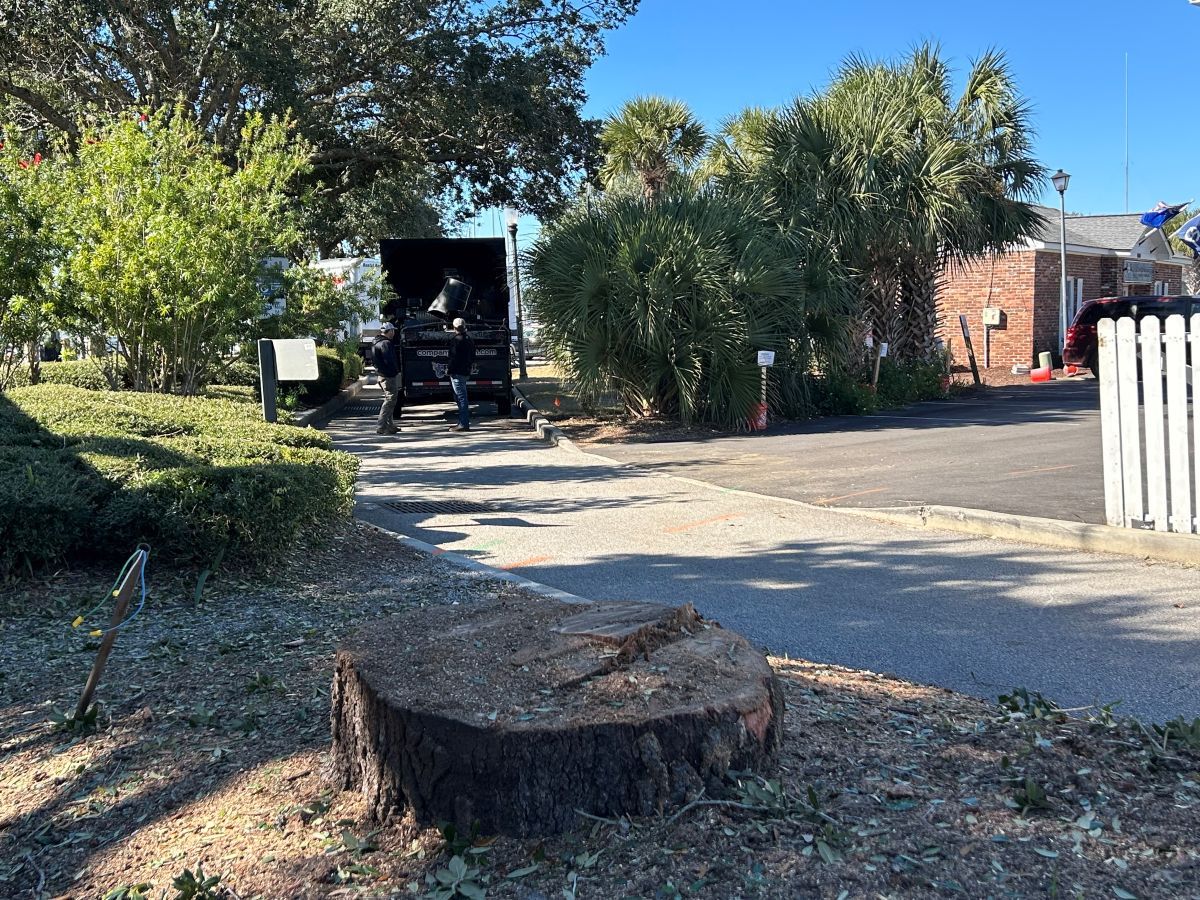By Scott Graber
It is Friday, and we’re in the cool, darkened confines of the Performing Arts Center on Carteret Street. Susan and I are watching “Straight Line Crazy” starring the British actor, Ralph Fiennes. I have followed Fiennes for years beginning with the “The English Patient.”
As my wife and I watched Fiennes strut across the stage (streamed to us from London) my mind kept wandering back to La Locanda di Nonna Gelse — a restaurant in Umbria (Italy).
Susan and I were staying in a reconditioned Roman ruin on Mt. Acuto near Preggio. We had come down the mountain to La Locanda di Nonna Gelse for their Tagliatelle Tartufo or their Coniglio all’Arrabbiata (rabbit) — I can’t remember which dish for sure.
Nonna Gelse comes with a noisy background chorus provided by diners who consider pasta-making an art form one indistinct notch below cardiology. Their happy, unintelligible conversation was periodically interrupted by a British voice at a nearby table.
“That’s Ralph Fiennes,” said my brother in law, John Littlewood. “He lives here in the Niccone Valley.
“The same Ralph Fiennes who was in “Schindler’s List?” I asked.
“The same,” he said. “I tried to get him to do a voice-over for one of my commercials.”
I was instantly interested because we had just seen “English Patient” and I had been bewitched and bedazzled by Juliette Binoche.
“Is there any chance you could introduce me?”
“Sure.”
I wish I could say that we became friends, and talk to each other a couple of times a month, but that hasn’t happened. I suspect I asked Fiennes about Binoche — thinking I might do a profile on her for the newspaper — and that might have put him off. But whatever I said was patronizing — “I love your work” — and forgettable. What is not forgettable is the “bell tower scene” where Ms. Binoche is swung to and fro among medieval portraits in a destroyed church.
“Straight Line Crazy” is about the New York City park, expressway, and Verrazano Bridge builder, Robert Moses. Fiennes gives us a strutting, loud talking Moses who is determined to get the working people in New York City onto the beaches of Long Island. Moses is determined to get them there on straight-line, landscaped expressways that indiscriminately cut through the vast estates of the aristocracy living on Long Island.
He is arrogant, determined and slightly demonic in this portrayal.
In the beginning Moses had New York Mayor Al Smith in his pocket. The Mayor wanted bus and train service (to Jones Beach) for those who did not own an automobile. Moses believed in the automobile but in this play he seems to promise mass transit when the Mayor makes an unscheduled appearance and insists on a train. But the playwright makes it clear that Moses never intended to produce a train for those who did not own their own Hudson Hornet.
The playwright also makes it clear that the parkway overpasses were too low and wouldn’t allow buses to pass underneath. Apologists for Moses say he built a second beach — Little Jones Beach — that did have bus and rail connections.
Many years ago our own Penn Center had a history of activism and in due course learned that the newly developed Harbor Island would limit access to its beach.
In the 1970s and 80s, limiting access to the beach was not a new concept in Beaufort County. Hilton Head Island was built on the three-legged stool of guards, gates and ’’exclusivity” and, of course, there was Hunting Island State Park for those who didn’t have a decal.
But in the Harbor Island controversy, Penn Center convinced County Council it should give the public access to Harbor’s beach. But that access would be severely limited by the small parking lot provided by the developer. In those days there was no Cultural Overlay District or indigenous community to serve as a counterweight to a County Council desperate for a piece of the gated, golf course-accessorized, long-dock pie.
For a time, Robert Moses could build his expressways anywhere he wanted to build them. Eventually opposition coalesced around the person of Jane Jacobs who stopped a throughway that would have sliced through Washington Square Park. The tide turned against this man who really believed the Cross Bronx Expressway was a good thing.
It is too early to say the tide has turned in these parts. But Pine Island, Bay Point, Tickton Hall and the tree ordinance in Port Royal are reasons for optimism.
Scott Graber is a lawyer, novelist, veteran columnist and longtime resident of Port Royal. He can be reached at cscottgraber@gmail.com.







